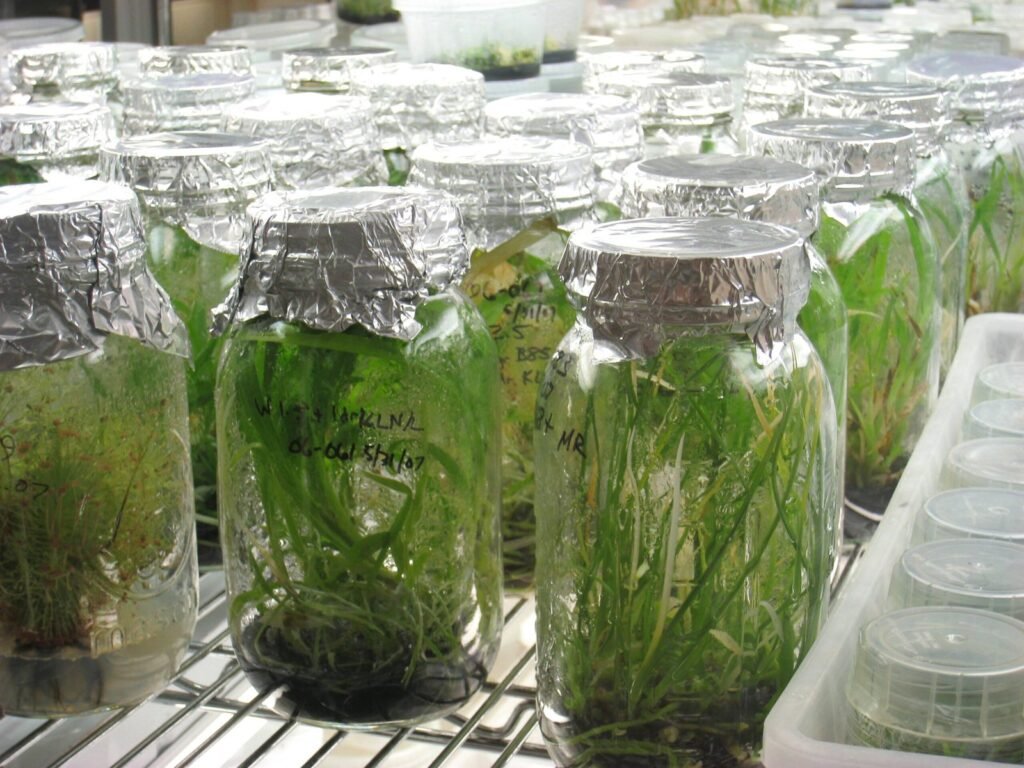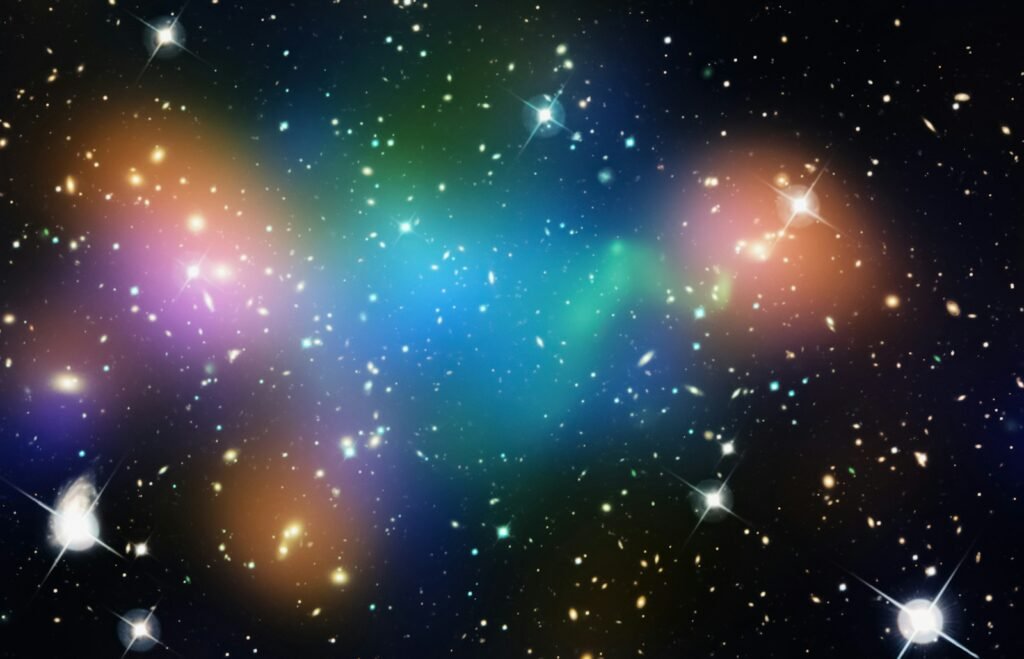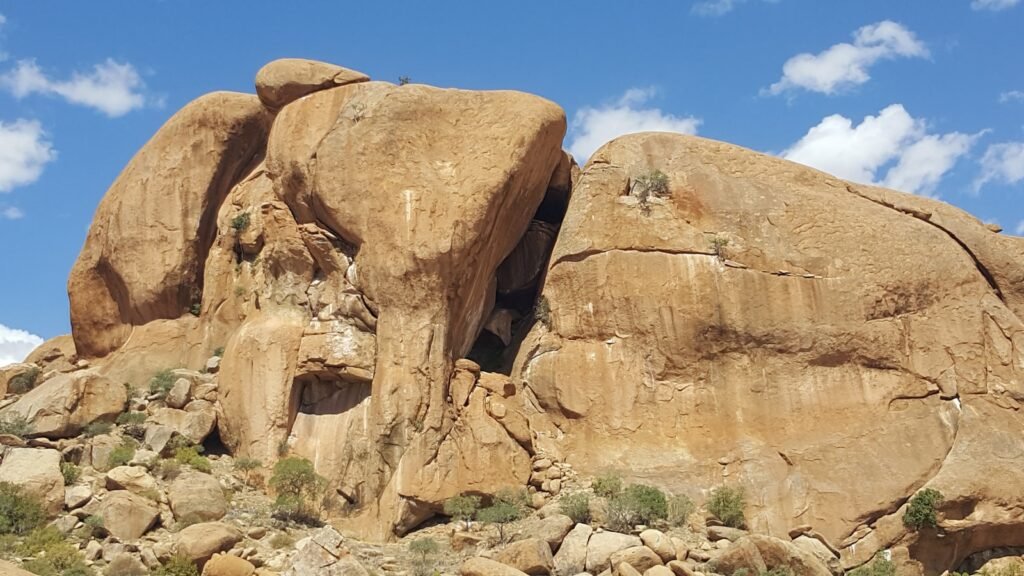What do you get when archaeologists find a cache of ancient seeds buried deep in frozen soil? Something that shouldn’t be possible according to our understanding of biology. Yet scientists have managed to resurrect plants from seeds that predate the Roman Empire, proving that life can remain dormant far longer than anyone imagined. These remarkable discoveries are reshaping how we think about DNA durability, plant survival mechanisms, and the very nature of biological time.
From the icy depths of Siberian permafrost to the arid caves near the Dead Sea, researchers continue to uncover viable genetic material that has survived for millennia. These ancient time capsules offer unprecedented insights into prehistoric ecosystems and the genetic secrets that allow some organisms to outlast entire civilizations.
The Siberian Deep Freeze Discovery
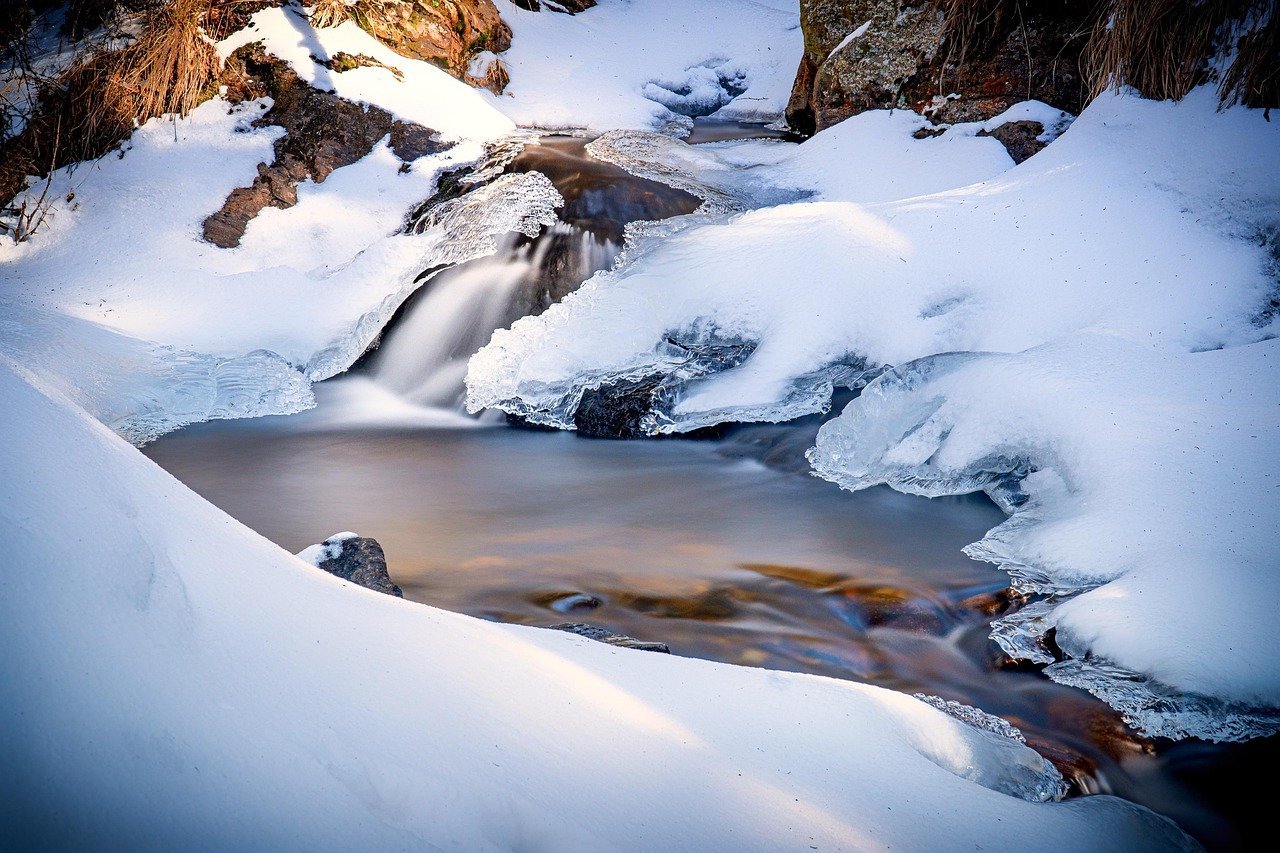
A Russian team discovered a seed cache of Silene stenophylla, a flowering plant native to Siberia, that had been buried by an Ice Age squirrel near the banks of the Kolyma River. Radiocarbon dating confirmed that the seeds were 32,000 old. The mature and immature seeds, which had been entirely encased in ice, were unearthed from 125 feet below the permafrost, surrounded by layers that included mammoth, bison, and woolly rhinoceros bones.
The discovery wasn’t accidental. More than 600,000 frozen mature and immature S. stenophylla seeds were found buried in 70 squirrel hibernation burrows 38 metres (125 ft) below the permafrost near the banks of the Kolyma River. These ancient rodents had unknowingly created the perfect preservation conditions for what would become the oldest successfully revived plant material in scientific history. The squirrels themselves may have damaged the mature seeds to prevent sprouting in their burrows, but some immature specimens retained viable tissue.
Breaking the Age Barrier
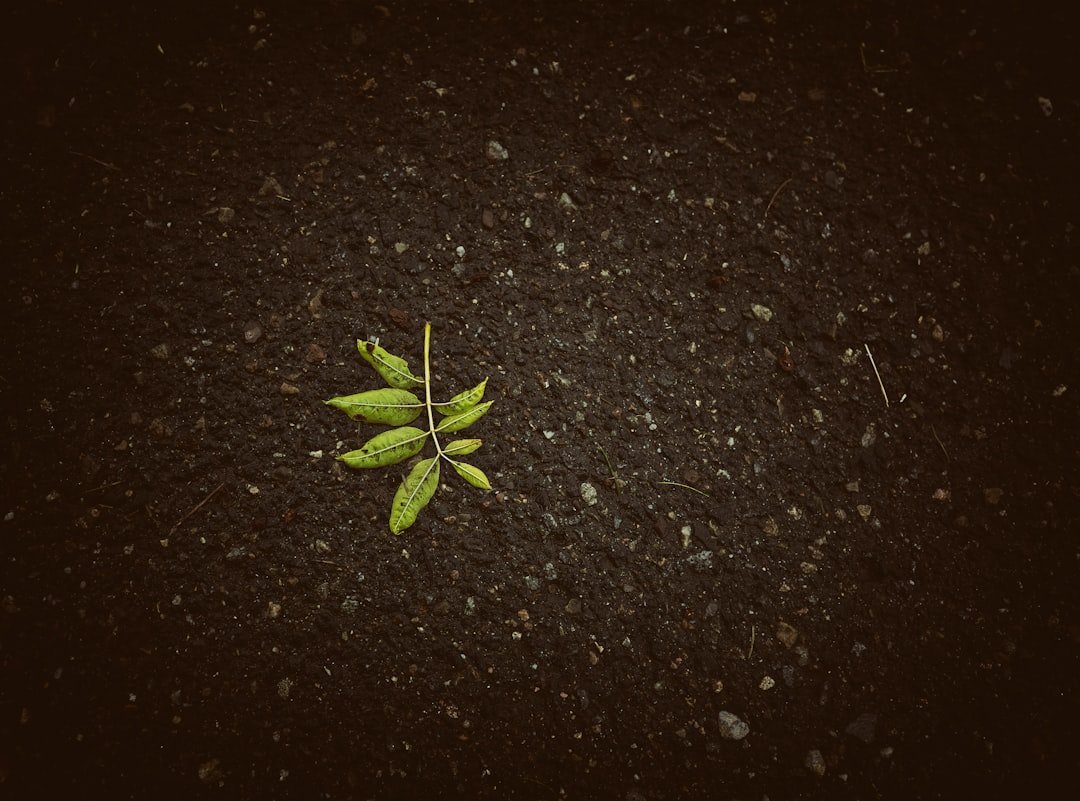
The oldest viable seed that has grown into a full plant was a roughly 2,000-year-old Judean date palm seed, recovered during excavations at Herod the Great’s palace on Masada. It was germinated in 2005. This achievement seemed remarkable until the Russian team shattered all previous records with their thirty-two-thousand-year-old arctic flower.
The oldest plant ever to be regenerated has been grown from 32,000-year-old seeds – beating the previous recordholder by some 30,000 . The difference wasn’t just numerical but represented a quantum leap in understanding plant longevity. While two thousand already challenged conventional wisdom about DNA stability, thirty-two thousand entered territory that seemed biologically impossible. Scientists had to reconsider everything they thought they knew about genetic preservation.
Advanced Laboratory Resurrection Techniques
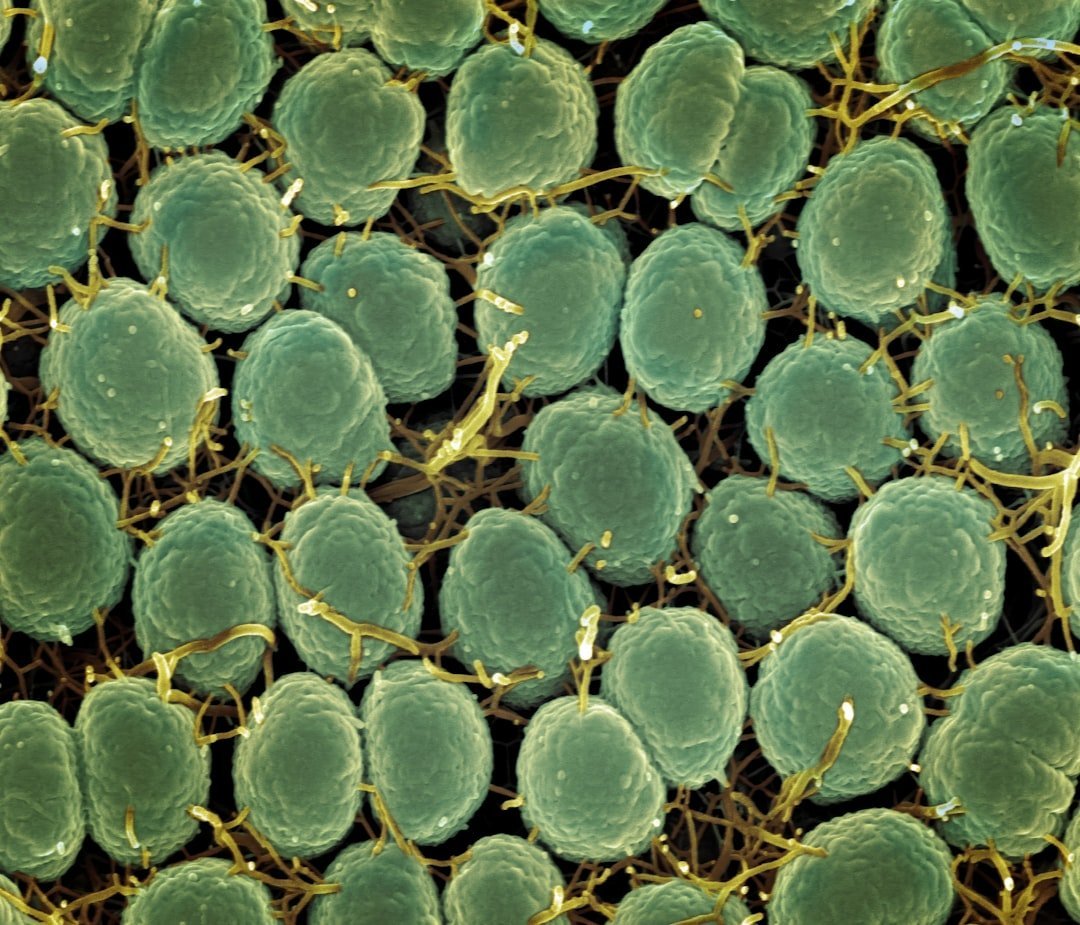
The team extracted that tissue from the frozen seeds, placed it in vials, and successfully germinated the plants, according to a new study. The plants – identical to each other but with different flower shapes from modern S. stenophylla – grew, flowered, and, after a year, created seeds of their own.
Whole, fertile plants of Silene stenophylla Ledeb. (Caryophyllaceae) have been uniquely regenerated from maternal, immature fruit tissue of Late Pleistocene age using in vitro tissue culture and clonal micropropagation. Organogenesis of adventitious shoots was induced in vitro directly from fragments of the placental tissue of three immature uninjured fruits. A modification of Murashige and Skoog nutrient media was used for initiation of organogenesis and multiplication of shoots. The process required meticulous laboratory work, as scientists couldn’t simply plant these ancient seeds like garden vegetables.
Genetic Time Capsules and DNA Durability
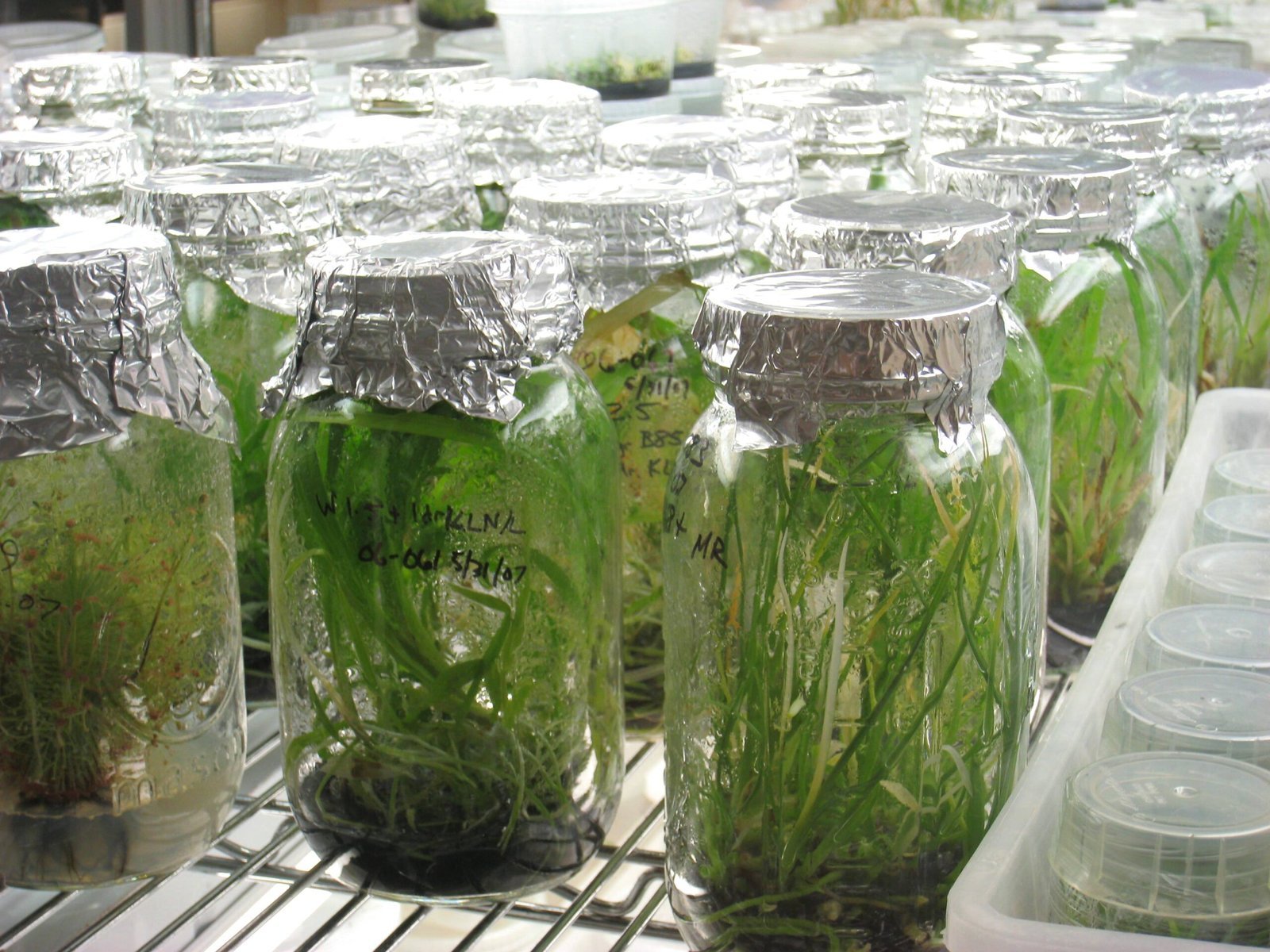
The survival of DNA across such vast time periods defies standard molecular decay models. Even under the best preservation conditions, there is an upper boundary of 0.4–1.5 million for a sample to contain sufficient DNA for sequencing technologies. Due to degradation processes (including cross-linking, deamination and fragmentation), ancient DNA is of lower quality than modern genetic material.
In desiccation tolerant seeds, desiccation/rehydration cycles and prolonged periods in the dry quiescent state are associated with remarkable levels of stress to the embryo genome which can result in mutagenesis of the genetic material, inhibition of transcription and replication and delayed growth and development. An increasing number of studies are revealing DNA damage accumulated in the embryo genome, and the repair capacity of the seed to reverse this damage, as major factors that determine seed vigor and viability. Seeds have evolved sophisticated mechanisms to protect their genetic cargo during extended dormancy periods. These natural preservation systems far exceed anything humans have developed artificially.
Differences Between Ancient and Modern Plants
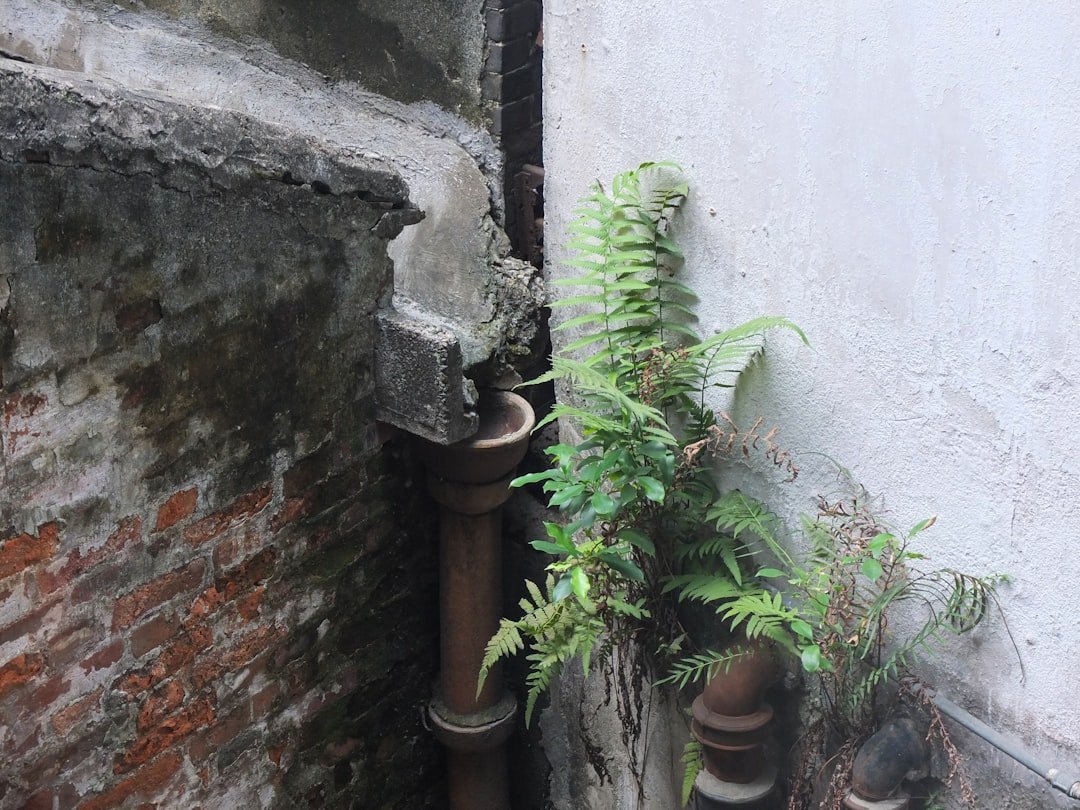
As it turns out, the seeds taken from the burrow proved to be a phenotype quite distinct from extant S. stenophylla populations. For instance, their flowers were thinner and less dissected than extant populations. Also, whereas the flowers of extant populations are all bisexual, individuals grown from the ancient seeds first produced only female flowers followed by fewer bisexual flowers towards the end of their blooming period.
Seeds produced by the regenerated plants germinated at a 100% success rate, compared with 90% for modern plants. The ancient specimens displayed characteristics that had been lost over millennia of environmental adaptation. These morphological differences provide direct evidence of evolutionary change, offering scientists a rare opportunity to study genetic drift across tens of thousands of . The enhanced germination success of ancient seeds suggests they may have possessed superior survival traits that modern populations lack.
The Judean Date Palm Revival Project
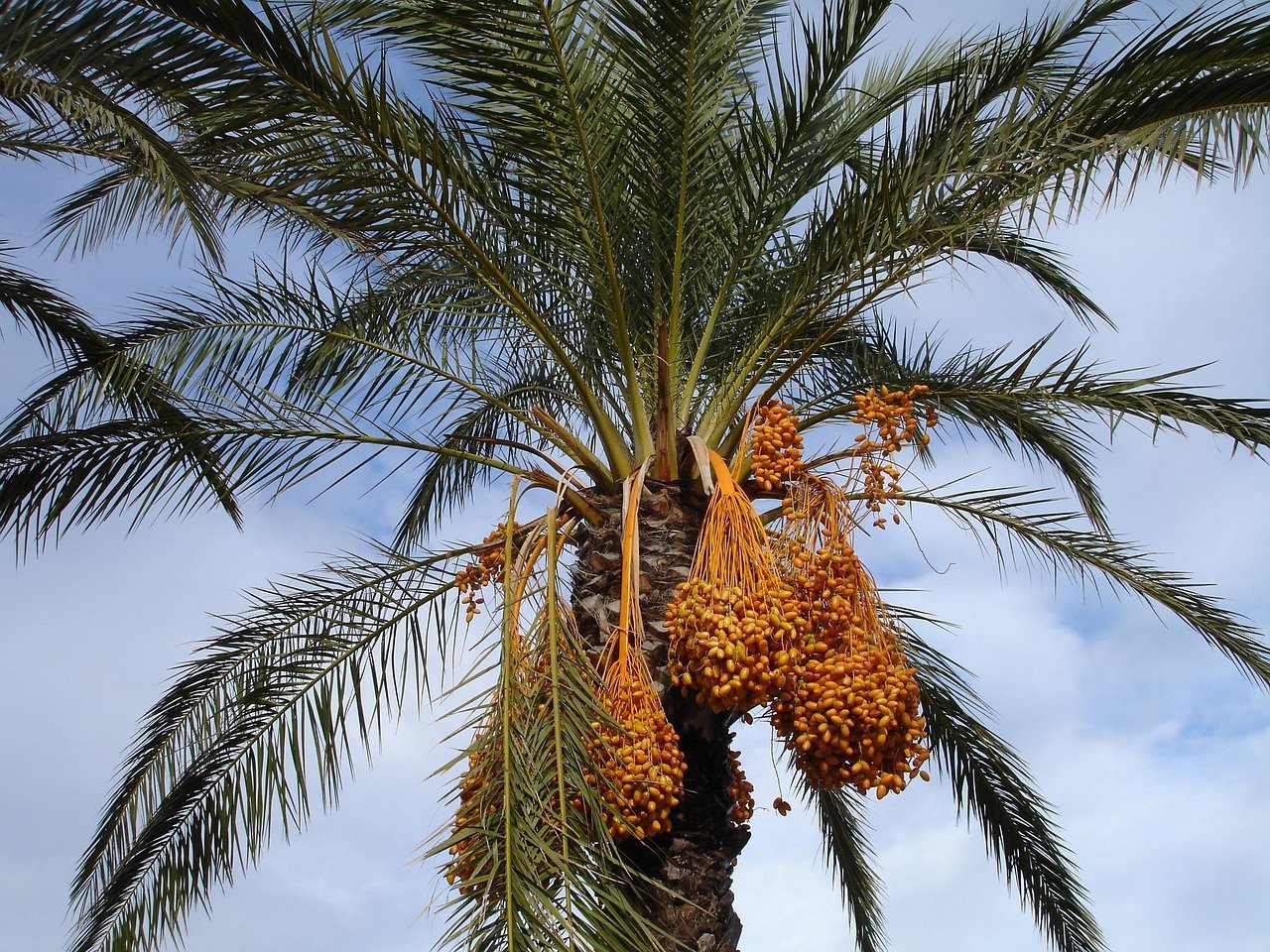
We applied this approach by sequencing the genomes of seven Judean date palms (Phoenix dactylifera) that were germinated from ∼2,000 y old seeds recovered in the Southern Levant. This week, in the journal Science Advances, Sallon and her colleagues announced that they’d grown another six trees from some of these ancient seeds. Two of them are female. If one of them does, researchers will take pollen from Methuselah, fertilize those flowers, and wait for fruit to form: dates just like the ones that people in the Bible ate.
The project represents more than botanical curiosity. According to ancient writers, she says, these dates “were known for their wonderful sweetness, their very large size, and their ability to be stored for a long time, so they actually were exported around the Roman empire. Researchers hope to recreate varieties that were once prized throughout the ancient world but disappeared centuries ago. The genetic material preserved in these seeds could help modern agriculture develop more resilient crop varieties.
Environmental Conditions That Preserve Life

The key to their extreme longevity lies in the permafrost. They were found inside the frozen burrow of an Arctic ground squirrel. Sallon says the unusual conditions around the Dead Sea probably helped. “Low altitude, heat, dry conditions – all of those could affect the longevity of the embryo,” she says.
Different preservation environments offer distinct advantages for genetic survival. While Siberian permafrost provides constant freezing temperatures that essentially stop biological decay, the extremely arid conditions near the Dead Sea create a different kind of protective environment. It had been preserved in a cool, dry place, not by freezing. Both demonstrate that nature has multiple pathways for preserving life across geological time scales, though the specific mechanisms remain partially mysterious.
DNA Repair Mechanisms in Ancient Seeds
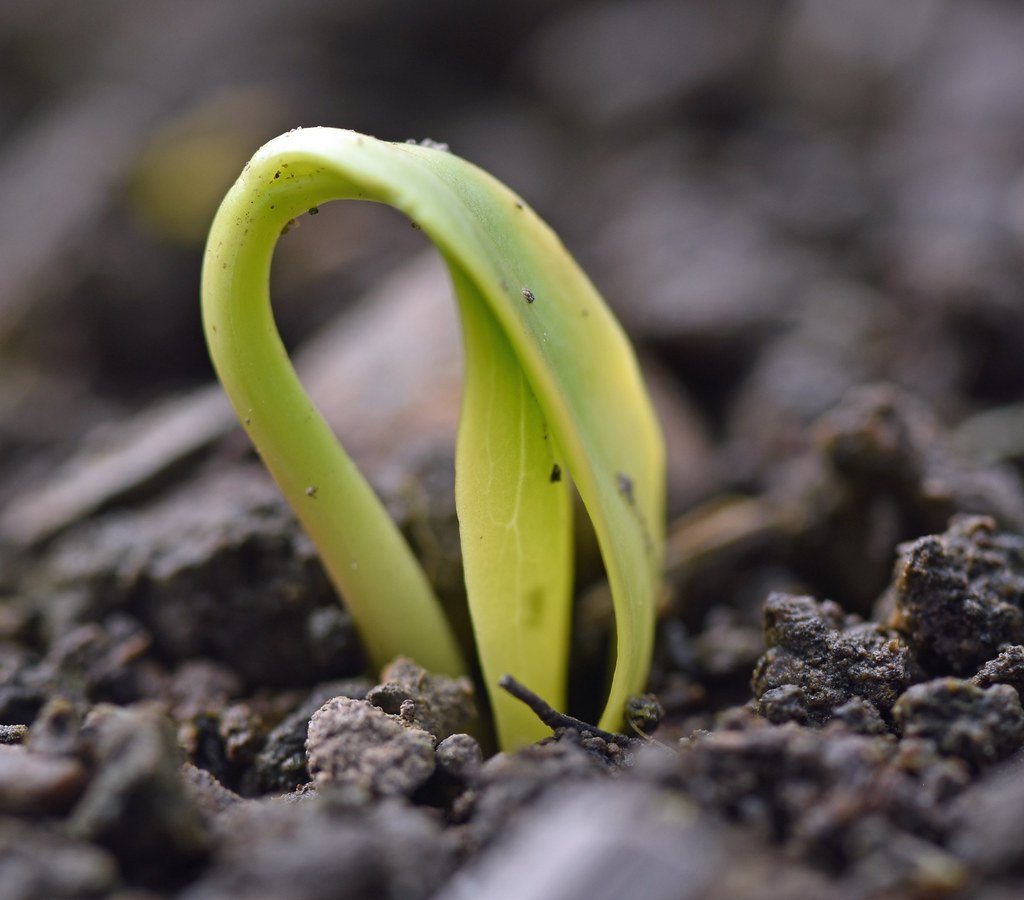
But a few hearty species, including the 1,300-year-old lotus and S. stenophylla have built-in mechanisms that either preserve or repair the plants’ DNA. These species’ amazing longevity makes them a good place to look for clues about how humans might be able to beef up our own DNA repair, perhaps preventing cancer, Shen-Miller said.
Recent findings are now establishing important roles for the DNA damage response in regulating germination, imposing a delay to germination in aged seed to minimize the deleterious consequences of DNA damage accumulated in the dry quiescent state. Understanding the mechanistic basis of seed longevity will underpin the directed improvement of crop varieties and support preservation of plant genetic resources in seed banks. Plants appear to have evolved sophisticated quality control systems that can assess DNA integrity before initiating growth, preventing damaged genetic material from producing viable offspring.
Modern Applications and Future Research
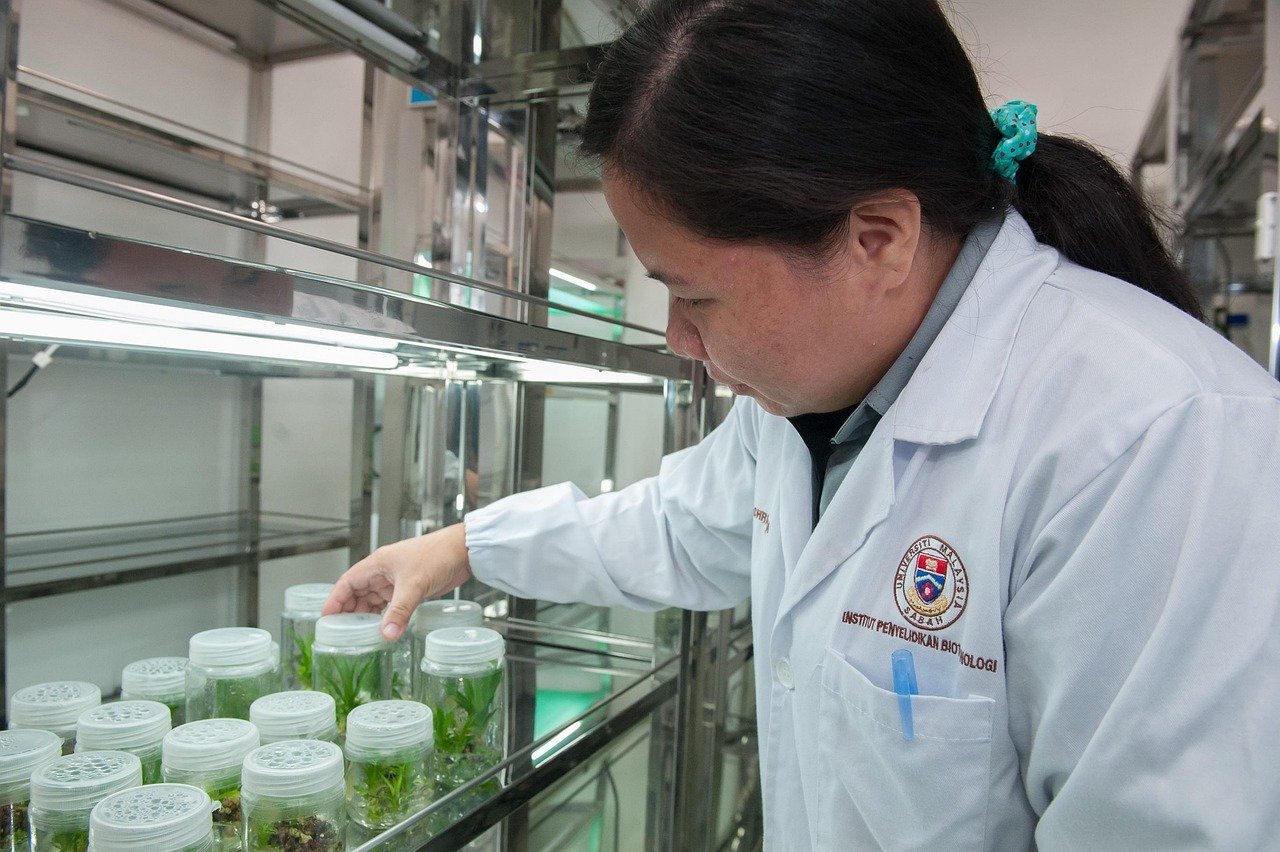
The new study suggests that permafrost could be a “depository for an ancient gene pool,” a place where any number of now extinct species could be found and resurrected, experts say. That’s because all seed-saving projects – the most famous being perhaps Norway’s so-called doomsday vault, aka the Svalbard Global Seed Vault – depend on freezing seeds.
Their genetics might also be useful if replicated in modern crops, since stored seeds quickly lose their nutrients and ability to grow. Understanding how ancient seeds maintain viability could revolutionize food security initiatives worldwide. As climate change threatens agricultural stability, these prehistoric survival mechanisms might provide blueprints for developing more resilient crop varieties. The research also holds promise for improving long-term storage methods in seed banks, potentially extending preservation periods from decades to millennia.
Conclusion
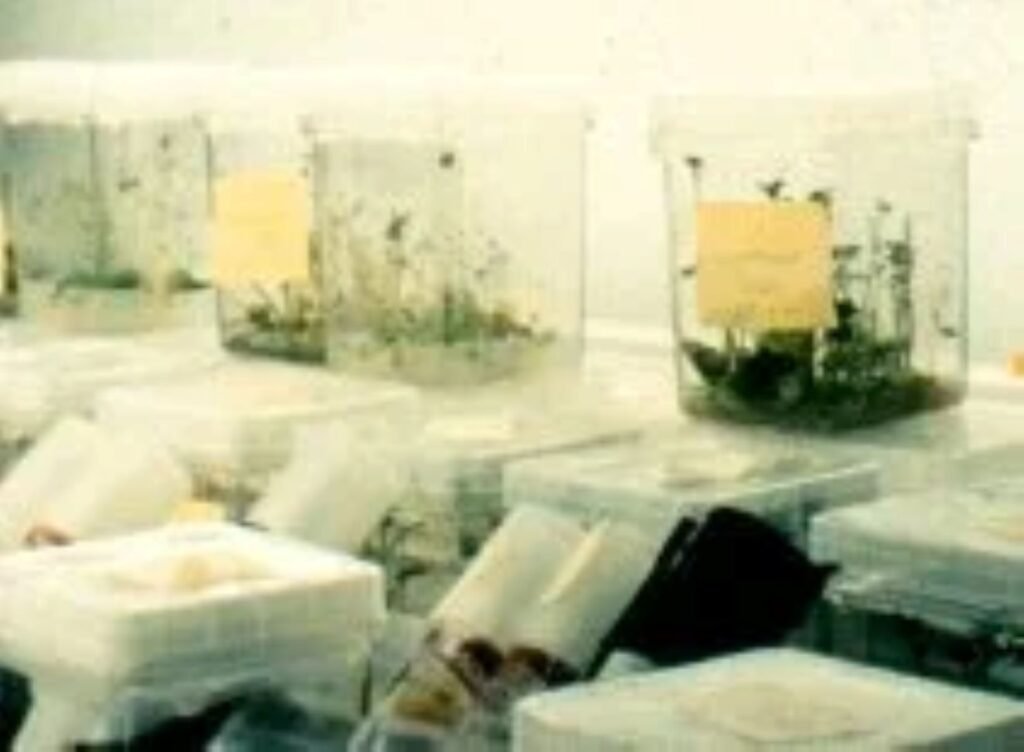
The successful germination of seeds thousands of old represents one of biology’s most extraordinary achievements. These discoveries challenge fundamental assumptions about DNA durability while opening new possibilities for agricultural innovation and species conservation. From Siberian permafrost to Middle Eastern caves, ancient genetic material continues to surprise scientists with its resilience and reveal secrets about life’s remarkable ability to persist across vast stretches of time.
The resurrection of these ancient plants reminds us that nature often surpasses human imagination. While we struggle to preserve digital data for decades, plants have evolved systems to safeguard genetic information for millennia. What other biological treasures might be waiting in Earth’s frozen depths or desert archives, ready to share their ancient wisdom with the modern world?

Jan loves Wildlife and Animals and is one of the founders of Animals Around The Globe. He holds an MSc in Finance & Economics and is a passionate PADI Open Water Diver. His favorite animals are Mountain Gorillas, Tigers, and Great White Sharks. He lived in South Africa, Germany, the USA, Ireland, Italy, China, and Australia. Before AATG, Jan worked for Google, Axel Springer, BMW and others.

